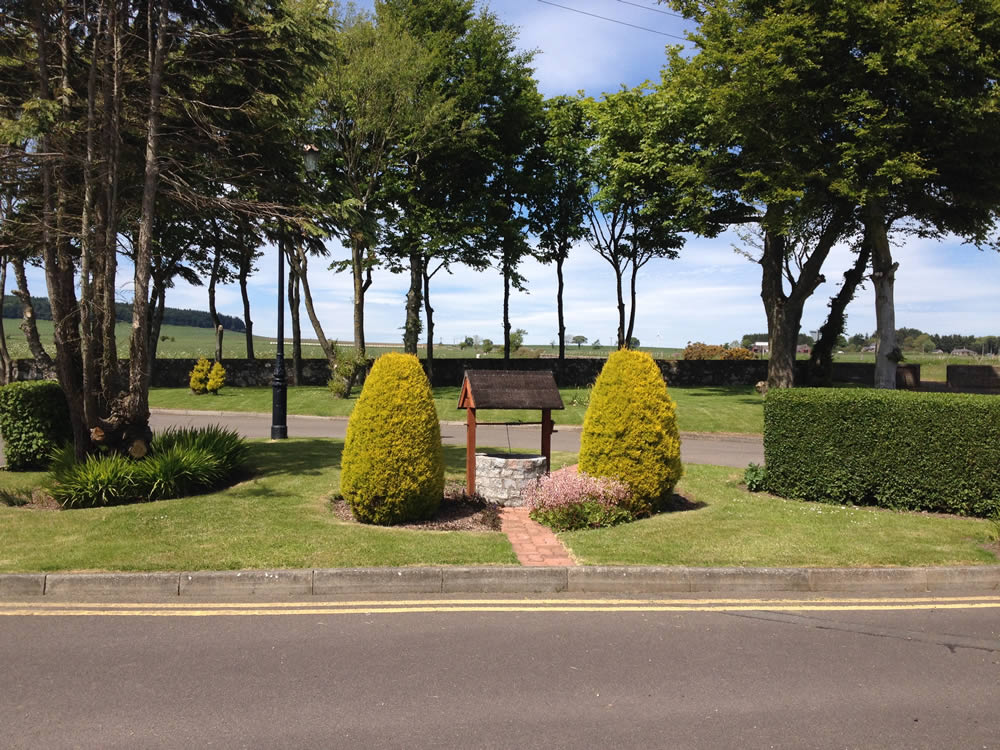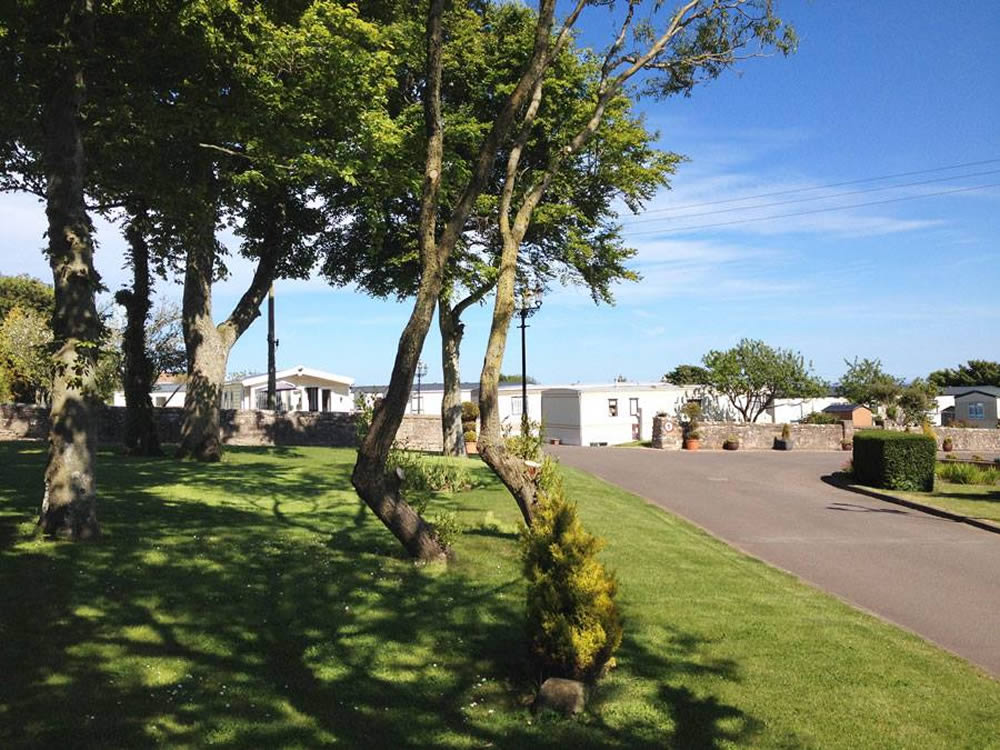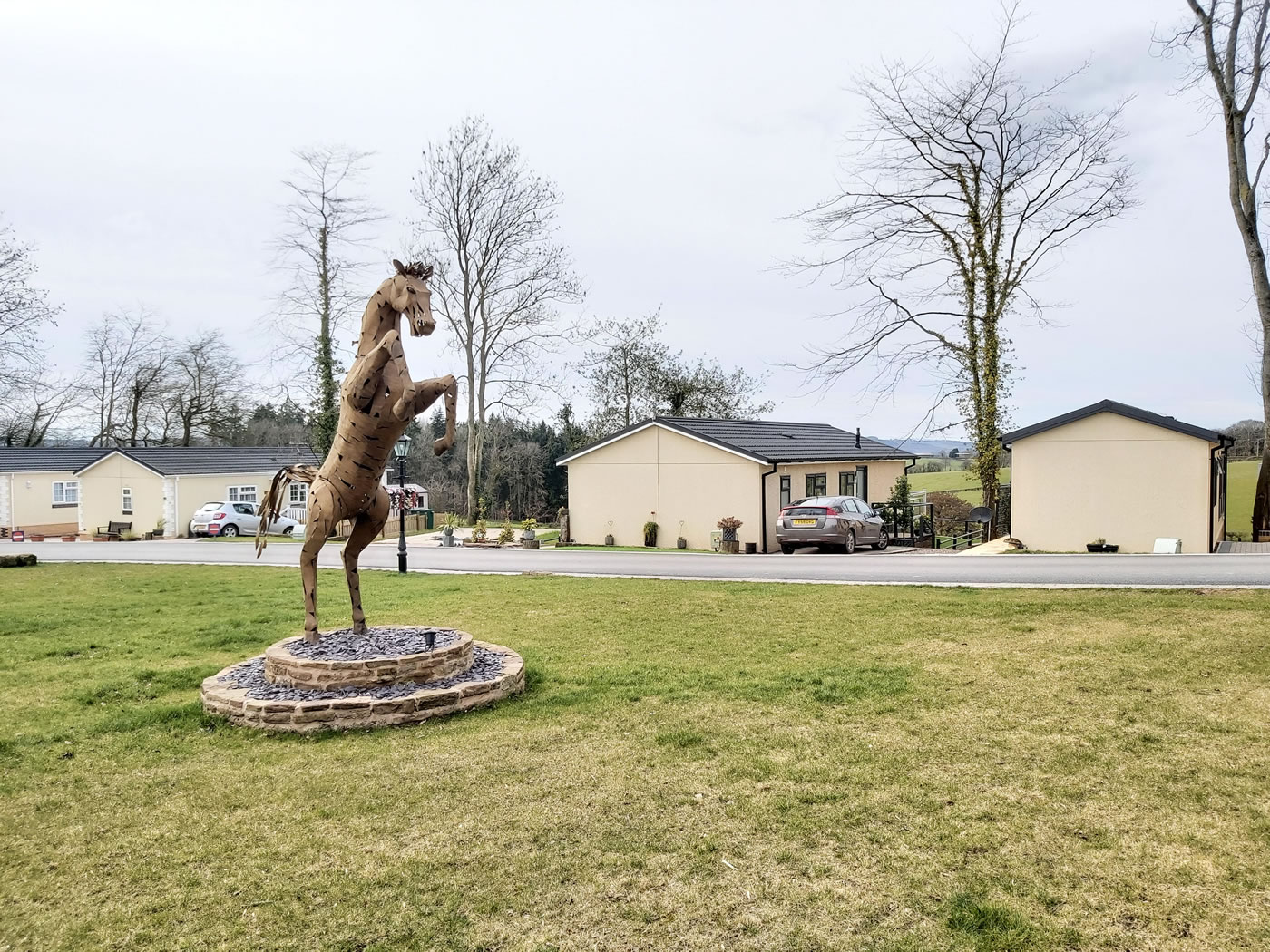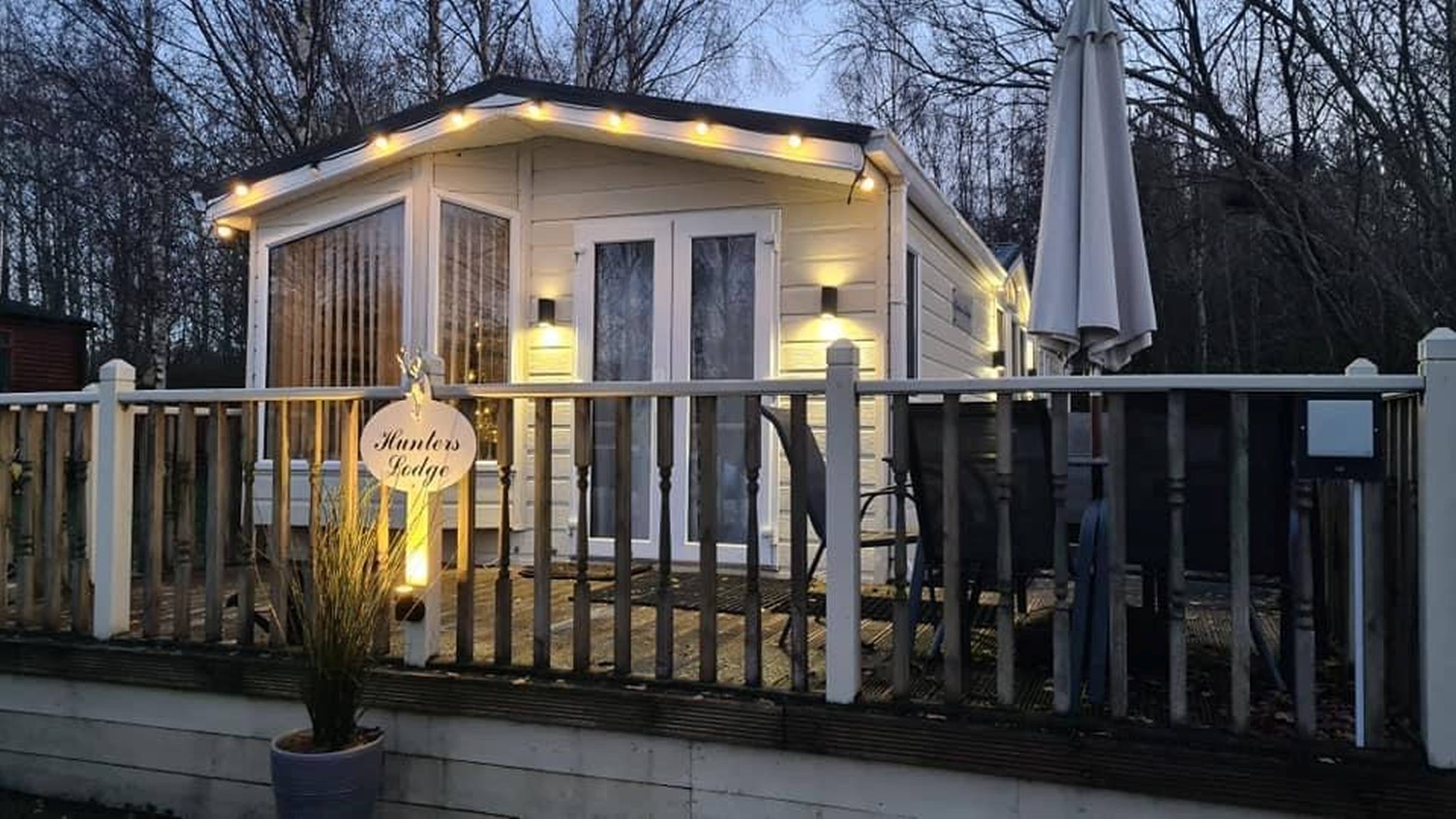
Why are volcanoes so significant?
The eruptions of volcanoes have created more than 80 percent of our planet’s surface. The sheer force that they produce has constructed mountains and craters, with their lava rivers leaving a multitude of volcanic rocks which have broken down over time to create the indispensable fertile soil that has allowed mankind to thrive! Volcanoes are essential to our life
As well as creating the blueprint to life, they have also cultivated a fun way for families to engage in enthralling exploration together! Vacationing at our St Cyrus Holiday Park allows you to do just this!
Activities For all the family
ROCK EXPLORATION:
Fire cannot quench fire, water does!
This is very clear to see at St. Cyrus beach where the 400 million year old legacy of when Scotland was situated south of the equator is manifested in the burrows that were left by ancient insects and bugs trying to escape the sweltering heat and harsh environment. You can also identify unusual sediment-filled channels cut into volcanic rock along the bottom of the cliffs. Above these, you see the vastly different generations of rock layers by identifying their varying colours.
Interestingly, the cliffs of St Cyrus used to be sea cliffs. Because of a large volume of frozen ice sheet, sea levels were significantly lower than they are today during the last ice-age. Therefore, most of the St Cyrus National Nature Reserve went underwater when the ice melted and the force of the sea against the cliffs forced them to draw back. The ice sheets and glaciers melted and refroze recurrently which affected sea levels each time. This is visible on the reserve as a series of raised beaches along the base of the cliffs.
VIEWING THE SAND DUNES:
Life’s a beach, I’m just playing in the sand!
Often associated with exotic destinations, St Cyrus is lucky to have beautiful sand dunes which are actually currently growing in size. They can be seen most clearly at the south end of the Reserve near the Visitor Centre. You can view the ‘embryo dunes’ created by the sand combining with pioneer plants, driftwood, and other seaborne debris along the foreshore. These then transform into the main ‘yellow’ dunes, which rise up to 10 m above the beach.
The dunes have varying characteristics depending on whether you are at the southern or northers ends of the reserve. Towards the south, floodwater from the North Esk combines with a high tide to erode the dunes, thus making this part of the dunes highly unstable. However, at the north, the dunes are more vegetated and you can see marram grass or sea lyme grass which use their deep roots to bind the sand and hold the dunes together. They also act as shelter for wind-blown sand which in turn stabilises the dunes and controls erosion.
VIEWING THE DUNE GRASSLAND:
The grass is always greener where you water it!
From the base of the dunes to the bottom of the cliffs, there is rich soil which benefits greatly from the minerals washed down from the cliffs. The result is a beautiful wealth of grassland flora. Spectacularly, as rabbits trim the long grasses through their grazing, they promote the growth of striking wildflowers to create a beautiful meadow with bountiful violets, lady’s bedstraw and pink-flowered rest harrow. In June and July the grassland is bathed in purple from the profusion of clustered bellflower, another plant at its northern limit on the Reserve.
BIRD WATCHING:
“There are approximately ten thousand species of birds on the planet and no single individual has seen them all.”
The renowned St Cyrus National Nature Reserve has recorded sightings of over 70 different species of breeding birds. At the North Esk estuary, the whole family can enjoy observing waders such as oystercatchers, redshank and common sandpiper. You can also witness buzzard, fulmar and herring gull among many others raising their families along the cliff ledges.
The gorse scrub acts as one of the most significant habitats at St Cyrus for the birds. Here, small perching birds such as stonechat and yellowhammer find solace in the abundance of insects and the peace which comforts them.

Modern farming practices have destroyed the heath and rough pasture that many of the birds found at the St Cyrus National Nature Reserve traditional used for nesting. This is what makes St Cyrus so special, it acts as a refuge for these birds and gives them another chance to increase their numbers and consolidate their species.
If you would like to follow a lovely and detailed trail along St Cyrus Beach, follow the web link below:
https://www.walkhighlands.co.uk/aberdeenshire/st-cyrus.shtml
Our St Cyrus Holiday Park is located near the traditional fishing village town of Montrose which is 7 miles from the park and offers a good range of amenities including many high street stores and supermarkets









